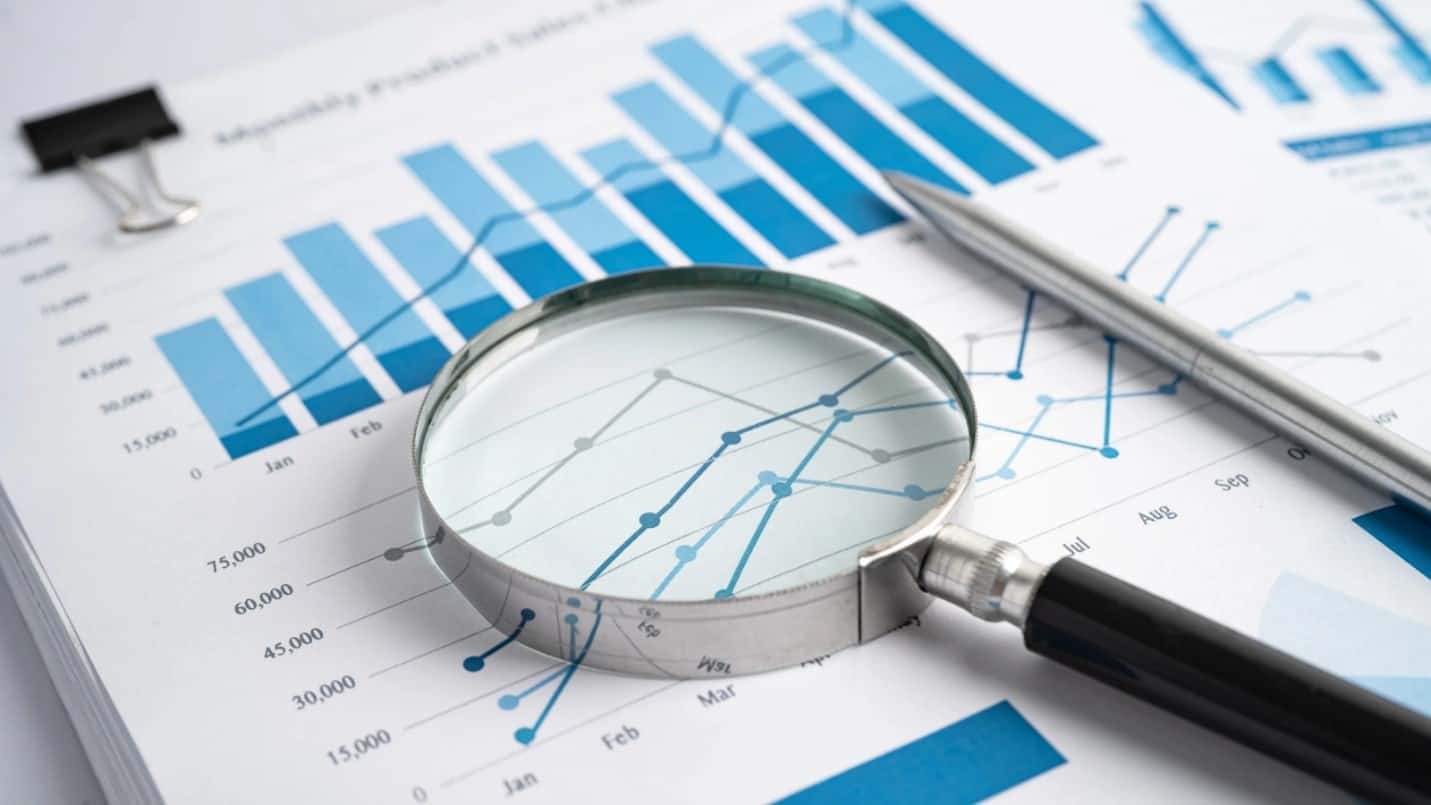Meta Description: “Discover forex analysis, its importance, methods, and examples to enhance your trading strategy. Learn about fundamental, technical, and sentiment analysis. “
What is Forex Analysis?
Forex analysis is like being a detective in the world of currency trading, where money from different countries is exchanged. Traders use it to guess how prices will move and decide when to buy or sell currencies. There are three main types:
- Fundamental Analysis: This type looks at important news like economic reports and political events to figure out a currency’s value. For example, if a country’s economy is doing well, its currency might get stronger.
- Technical Analysis: Here, traders use past price charts to predict what will happen next. They look for patterns that suggest prices might go up or down. Tools like lines and bars on charts help them see these patterns.
- Sentiment Analysis: This method checks how traders are feeling. If most traders think a currency will go up, they might be right. Reports that show what big traders are doing can give clues about these feelings.
How Does Forex Analysis Work?
It’s like solving a puzzle by putting together different pieces of information:
- Collecting Data: For fundamental analysis, gather news and reports. Technical analysis uses old prices and charts. Sentiment analysis looks at trader surveys and mood indicators.
- Interpreting Data: Decide what the information means. Is a new report good or bad for the currency? What do the chart patterns say? How do traders feel about the future?
- Making Predictions: Use the information to make educated guesses. Will the currency price go up because of good news? Does a chart pattern suggest it will fall soon?
- Deciding to Trade: Make your move based on what you’ve learned. Buy or sell the currency, and set limits on how much you’re willing to lose or hope to gain.
Example of How to Use Forex Analysis
Scenario: You’re looking at the EUR/USD currency pair.
- Fundamental Analysis: The European Central Bank raises interest rates more than expected because the economy is strong. This might make the Euro stronger against the dollar.
- Technical Analysis: The charts show a “golden cross,” where the short-term moving average crosses above the long-term one, hinting that the Euro might start to go up more.
- Sentiment Analysis: Reports show that big traders are buying Euros, which means they believe the Euro will keep getting stronger.
Trading Decision:
Combining all these insights, you decide to buy Euros. You set a stop-loss order to limit potential losses if things don’t go as planned and a take-profit to cash in when you reach your target.
Conclusion
Forex analysis is a key tool for anyone wanting to trade currencies effectively. It combines studying data, watching charts, and understanding trader sentiment to make the best trading choices. Whether you’re starting out or have some experience, getting good at forex analysis can really help you succeed.


